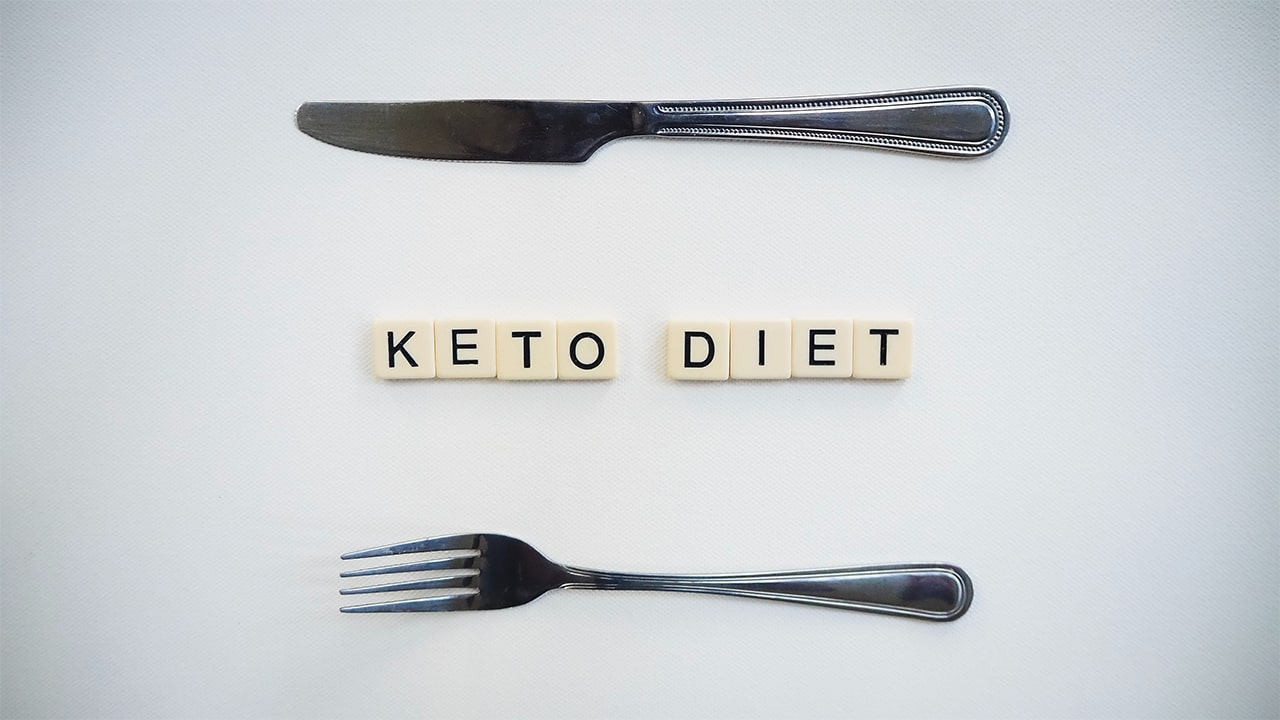Your key to success on the ketogenic diet is a food plan. You may achieve your macro objectives and maintain ketosis by meal planning, knowing which foods to consume (and which to avoid), and according to the ketogenic rules.
This article provides an example keto meal plan for a week, ideal for your first week on the diet. You are allowed to adhere to it exactly or modify it to suit your own objectives.
Review how to calculate your macros and what foods are keto-friendly before beginning the meals. Once you’ve completed your first week on the keto diet, this will position you for success.
Table of Contents
What Keto diet should you adhere to?
Why do you wish to begin a ketogenic diet and stick to a ketogenic eating schedule? Do you want to get rid of the extra weight you’ve been carrying around for so long? Do you wish you had more energy and more mental clarity? Or will you be following a ketogenic diet for more targeted health advantages, including lowering your blood pressure, sugar levels, or chance of developing type 2 diabetes?
Your approach to keto will vary depending on your own objectives. Here are a few typical keto goals and the kind of keto diet that will help you reach them.
Standard ketogenic diet: For Fat Loss and General Health
The most popular and highly advised strategy for novices to try keto is the regular ketogenic diet. People who practice SKD frequently want to lose weight or body fat. You could also want to reduce inflammation, lower your cholesterol, or alleviate certain symptoms of sadness or mental illness.
The fundamental guidelines for the standard ketogenic diet are:
- Limit your daily carbohydrate consumption to 20–50 grams of net carbohydrates.
- Consume protein in moderation.
- Increase your fat intake.
Usually, 30 g of net carbs or fewer are needed to start the ketosis process.
Targeted Ketogenic Diet for Better Workout Performance
The tailored ketogenic diet is appropriate for athletes or those who maintain a high level of activity since it is ideal for sustaining exercise performance. How does it function? With TKD, glycogen resynthesis is achievable without protracted ketosis breaks.
Follow these rules to practice a targeted ketogenic diet:
- Eat 25–50 g of carbohydrates each day.
- Eat highly digestible carbohydrates 30 to 1 hour before working out.
- High fat and moderate protein intake are recommended.
Cyclical Ketogenic Diet for Bodybuilders and Athletes
Days of rigorous keto and days of high-carb eating alternate on the cyclical ketogenic diet. For instance, a week on CKD can comprise eating 20–50 g of carbohydrates for five days in a row, followed by two days of eating a high–carb diet (more than 100 g daily).
The greatest candidates for this strategy would be athletes that maintain a high-intensity, high-volume training regimen. While the TKD aims to keep muscle glycogen at a reasonable level, the CKD aims to entirely deplete it in the time between carbohydrate doses.
Try the following timetable to adhere to the cyclical ketogenic diet:
- Consume 20 to 50 g of carbohydrates each day for 5 days.
- Eat more than 100 g of carbohydrates each day for 2 days.
- After your two days of “carb loading,” go back to limiting your carb intake to 20–50 g.
High-Protein Ketogenic Diet: For Those Who Need More Protein
You could need additional protein in your keto food plan if you do weights four or more times per week. The high protein ketogenic diet (HPKD), in contrast to the regular ketogenic diet, permits the consumption of 35% of total calories from protein.
Try this to follow a high-protein ketogenic diet:
- Eat 35% of your total calories as protein.
- 60% of total calories should come from fat.
- Eat 5% of your total calories as net carbohydrates.
Make a Macronutrient Keto Calculation
On a ketogenic diet, the ratios of your macronutrients are crucial. You’ll consume a lot of protein and good fats while consuming very little total carbohydrates. The following percentages are based on the normal ketogenic diet strategy for simplicity’s sake. A low-carb, high-fat diet often has the following macronutrient ratios:
- High fat: 70–80 percent of your calories
- 20–25% moderate protein
- Low carb: 5% to 10%
Dietary supplements for the ketogenic diet
You may achieve your goals on your ketogenic diet and assist yourself enter ketosis with the use of supplements. It’s crucial to take only secure, keto-friendly vitamins, nonetheless.
You are now prepared to begin a ketogenic diet
Whatever your motivations for beginning a low-carb diet, with today’s instructions in your back pocket, you’re more than ready to succeed in your new keto lifestyle.
Finding low-carb foods you enjoy is key to achieving your objectives once you have your macros figured out. Start with this keto meal plan, and then build your own successful meal plan using the cheat list of permitted keto items.
You’ll be well on your way to feeling and looking better if you add a few vitamins to improve your health and your body’s capacity to burn fat.

